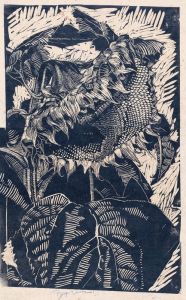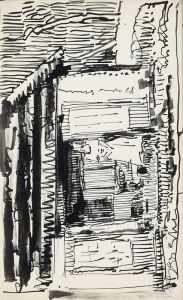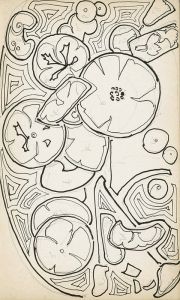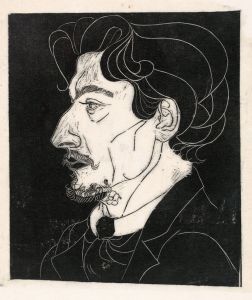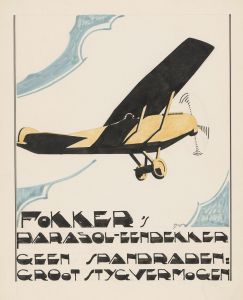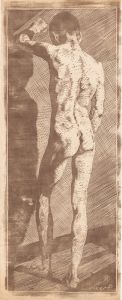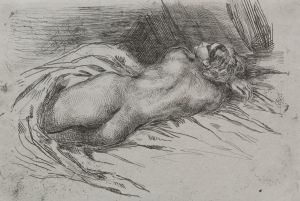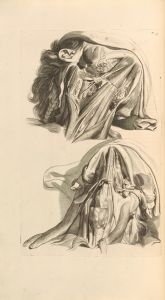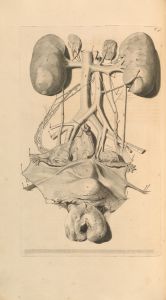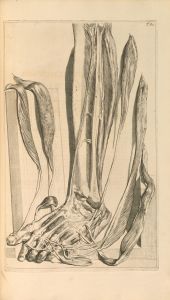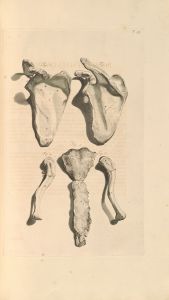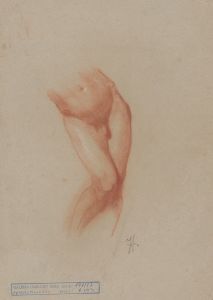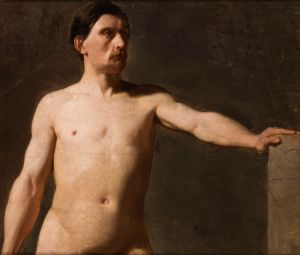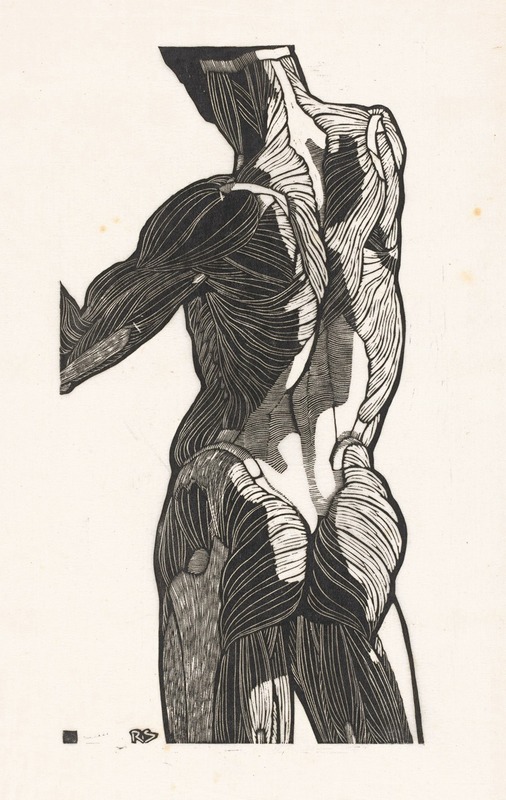
Anatomische studie van de rug- en bilspieren van een man
A hand-painted replica of Reijer Stolk’s masterpiece Anatomische studie van de rug- en bilspieren van een man, meticulously crafted by professional artists to capture the true essence of the original. Each piece is created with museum-quality canvas and rare mineral pigments, carefully painted by experienced artists with delicate brushstrokes and rich, layered colors to perfectly recreate the texture of the original artwork. Unlike machine-printed reproductions, this hand-painted version brings the painting to life, infused with the artist’s emotions and skill in every stroke. Whether for personal collection or home decoration, it instantly elevates the artistic atmosphere of any space.
Reijer Stolk was a Dutch artist known for his contributions to anatomical studies and his involvement in the early 20th-century art scene in the Netherlands. One of his notable works is "Anatomische studie van de rug- en bilspieren van een man," which translates to "Anatomical Study of the Back and Gluteal Muscles of a Man." This artwork reflects Stolk's interest in the human form and his dedication to exploring the intricacies of human anatomy through art.
Reijer Stolk was born in 1896 in the Netherlands and became a prominent figure in the Dutch art community. He was part of a movement that sought to blend scientific inquiry with artistic expression, a trend that was gaining traction during his time. Stolk's work often focused on the human body, and he was particularly interested in the detailed depiction of muscles and their structure. This interest was likely influenced by the broader European fascination with anatomy that had been present since the Renaissance, when artists like Leonardo da Vinci began to study the human body in detail.
"Anatomische studie van de rug- en bilspieren van een man" is a testament to Stolk's skill in rendering the human form with precision and accuracy. The artwork is a detailed study that showcases the musculature of the back and gluteal region, highlighting Stolk's ability to capture the complexity of human anatomy. His approach was methodical, and he often used live models to ensure the accuracy of his depictions. This practice was common among artists who were interested in anatomical studies, as it allowed them to observe the play of muscles and the effects of movement on the human body.
Stolk's work is characterized by a meticulous attention to detail and a commitment to realism. His anatomical studies were not merely artistic endeavors but also served educational purposes, providing valuable insights into the structure of the human body. This dual purpose of art and education was a hallmark of many artists engaged in anatomical studies during this period.
The significance of Stolk's work lies not only in its artistic merit but also in its contribution to the understanding of human anatomy. By combining art and science, Stolk and his contemporaries helped to advance the study of anatomy and provided a visual reference that could be used by both artists and medical professionals.
Reijer Stolk's contributions to art and anatomy were part of a larger movement that sought to bridge the gap between these two fields. His work remains an important example of how art can be used to enhance scientific understanding and how scientific inquiry can inspire artistic creation. While specific details about the creation and current location of "Anatomische studie van de rug- en bilspieren van een man" are limited, the artwork continues to be recognized for its detailed and accurate portrayal of the human form, reflecting Stolk's dedication to both art and science.





